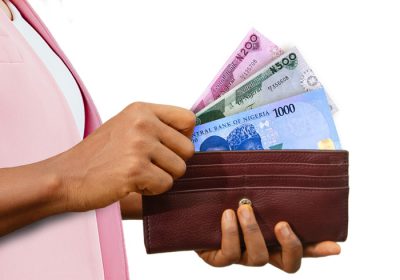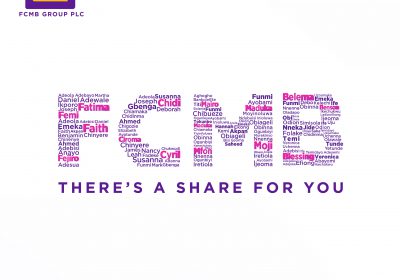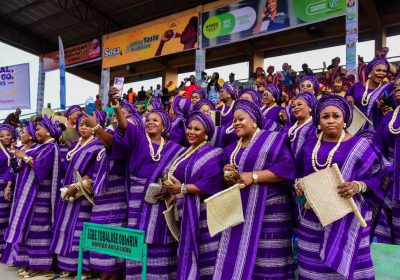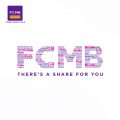A Trip Down The Memory Lane (GLO 40262 05306 55192)
The Timeline of Nigeria’s Currency
Before the introduction of naira notes, Nigerians used cowry, manila and salt as currencies. This has now changed, thanks to globalization.
Here are some facts about the evolution of Nigeria’s currencies:
The use of British Pounds before Naira was introduced
Nigeria used the British pounds when she was still part of the British colony. This was from January 1, 1973, to February 11, 1977, when the 20 naira banknote was introduced.
Introduction of Naira & Kobo.
- On February 11, 1977, a new banknote with the value of twenty naira (₦20) was issued. It was the highest denomination introduced at the time as a result of the growth of the economy.
- On July 2, 1979, new currency banknotes of three denominations, namely ₦1, ₦5, and ₦10 were introduced. The notes bore the portraits of three eminent Nigerians, who were declared national heroes on October 1, 1978.
- In April 1984, the colours of all the banknotes in circulation were changed except the 50 Kobo banknote to arrest the currency trafficking at the time. In 1991, the 50 kobo and 1 naira were both coined.
- In response to the expansion in economic activities, the ₦100, ₦200, ₦500 and ₦1000 banknotes were introduced in December 1999, November 2000, April 2001, and October 2005 respectively.
- On February 28, 2007, the ₦20 was issued for the first time in a polymer substrate.
- On September 30, 2009, the redesigned ₦50, ₦10, and ₦5 banknotes were converted to polymer substrate following the successful performance of the ₦20 (polymer) banknotes.
Top Flexxzone Picks
Become A Flexxer Of The Week On The Flexxzone
Who Deserves To Be Our Next Flexxpreneur of The Month
Steps To Visualize Your Way Through 2022






























Leave a Reply